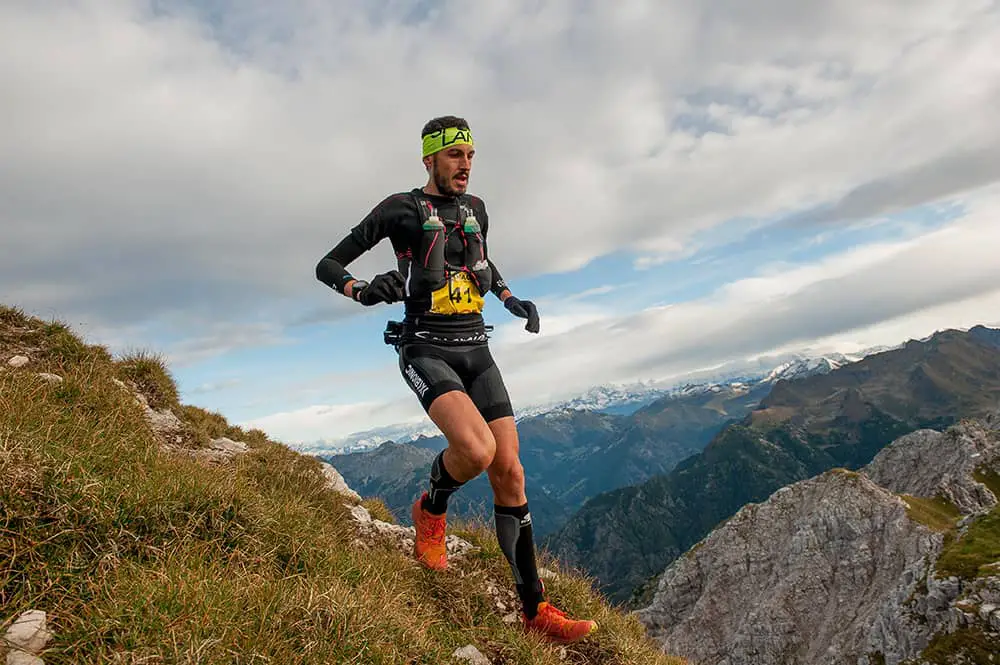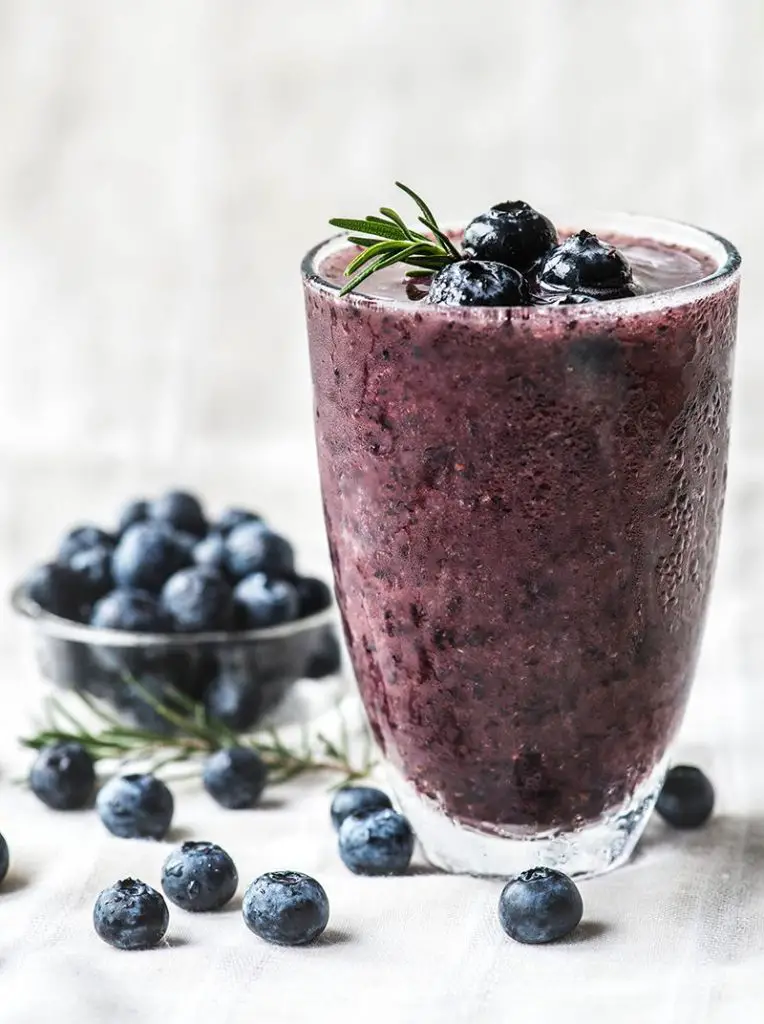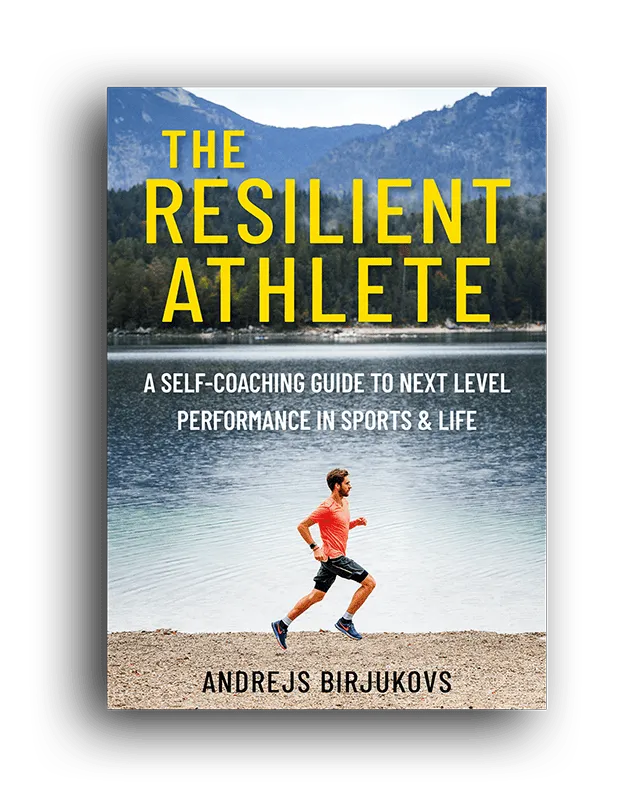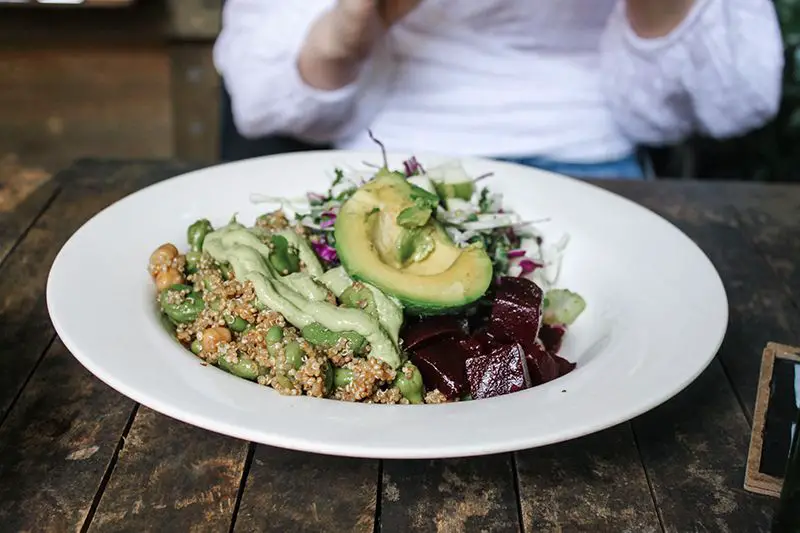Muscle pain is not exclusive to athletes. Everyone has, probably, experienced it at least once in their lifetime. Legs sore after running. Back pain after a hiking trip to the mountains last weekend. Or maybe shoulder pain after a push up challenge with friends the other night. Any new or strenuous activity can send people looking for ways how to relieve muscle soreness in the days after.
Athletes, however, face muscle soreness on a more frequent basis than the rest of the people. They push themselves in training and racing. Frequently it can be just one interval too much or too hard that causes muscle pain the next day.
Why are my legs sore after running?
Muscle soreness is nothing more than an indicator of damage done to the muscle tissue. It results from micro-traumas caused by excessive lengthening of the muscle. The pain develops as the area around those micro tears gets inflamed. Symptoms might include:
- Light swelling
- Tenderness to the touch
- Stiffness of the muscle or joint & reduced range of motion
- Reduction of strength of the affected muscles
In the world of science it’s actually called Delayed Onset Muscle Soreness (DOMS), because it takes a while until inflammation develops. The strongest pain generally occurs within 24 to 48 hours after an intense exercise and can last for 2 to 3 days.

Mild muscle soreness is a normal part of training process. A certain level of stress and muscle damage is required for the body to grow stronger and supercompensate.
As the athlete becomes more trained, muscle soreness should be less frequent.
In fact, for experienced and consistent athletes muscle soreness is not a good sign. It’s a signal that body was pushed too far which requires much longer time to recover from and can have bad effect on overall endurance. So, athletes should be thinking how to prevent DOMS, instead of how to reduce DOMS.
Running with muscle soreness – good idea or not?
In sports there’s an important line to be drawn between good and bad muscle pain.
‘Good’ pain is something that’s expected and is a signal of body adapting to the workload. For example, calves hurt after running particularly long or there’s a general pain in legs after running intervals the other day. This type of soreness typically goes away within a few days and gets better with exercise as more nutrients are delivered to the affected area.
But there’s a different type of pain. ‘Bad’ pain is something that flares up unexpectedly or just simply won’t heal fully. It can be a dull pain that doesn’t go away after a few days or it can be a sharp feeling that shows up in the middle of the run. Often, the intensity of pain is low (maybe 2-3 on a scale from 1 to 10) and many athletes brush it off as a small inconvencience. However, it’s important to pay attention to these small warning signs, because most of the running injuries are caused by overuse and begin as simple discomfort that aggravates without rest or treatment.
So, before you think about running with muscle soreness ask yourself is this soreness expected? If yes, proceed carefully – exercising or running with muscle soreness should be very gentle and aimed at recovery only, not pushing the boundaries.
14 Effective remedies for sore legs after running
When the damage is already done there are lots of ways how to reduce doms, support the body and give it everything it needs to work the magic.
Some of the measures below will help to immediately relieve muscle soreness. Other remedies are more strategic life changes that will help to reduce the overall stress placed on the body and make the body more resilient.
#1 Don’t stop exercising
When you get sore legs after running the best strategy is to do a very light and short (up to 30 minutes) activity to promote blood flow. Running with muscle soreness can sometimes be quite painful. So, it can be as simple as a brisk walk, a veeery gentle stretch or mobility work.
Movement stimulates the heart to pump more blood to the muscles. That helps to flush out waste products (like lactate) and bring in minerals and nutrients required for recovery.
#2 Re-hydrate
Water is a necessary component in the process of energy production in the muscles. Without enough water the body will slow down all its functions to preserve the limited supply of energy it has.
Drinking water also helps to flush out waste products from the body quicker, which will help to recover sore legs after running quicker.
#3 Get proper sleep
Our body is only able to repair the damage done to the muscle when it’s in the state of complete rest. That happens when we are asleep.
Deep sleep, in particular, is the most effective at rebuilding muscle tissue. That’s when the body fully relaxes and produces Human Growth Hormone (HGH). Moreover, in later stages of sleep the body goes into fasting state (no food for 8+ hours) and the HGH production is at its peak.
So, it’s not a good idea to eat a lot before bed. That will only disturb the quality of sleep and minimize production of HGH.
Related: The Power & Science Of Restorative Sleep For Athletes
#4 Drink a berry smoothie
Berries are packed with antioxidants and there are some studies that suggest antioxidants are a good remedy how to relieve muscle soreness.
Besides that, drinking a smoothie after a hard training session may be the best thing one can do for recovery. Smoothies made of fruits, vegetables and berries provide everything that athletes need after a training session. They promote alkaline environment that reduces inflammation across the body, as well as re-stokes the supply of vitamins and minerals.

#5 Get in an ice bath or cold shower
Looking for ways how to relieve sore muscles fast? Well, the best way to treat acute inflammation is to reduce the body temperature. This works with injuries, bruises and especially sore legs after running.
The quickest way to reduce temperature is with cold exposure. For runners that can be achieved with an ice bath. The process works exactly as it sounds – fill a bath with cold water, put lots of ice there and submerge for around 15 minutes. Cold showers might provide a similar effect.
A meta analysis of 99 studies suggests that cold water immersion after strenuous exercise may reduce delayed onset muscle soreness (DOMS), perceived feeling of fatigue, and inflammation. However, it looks like the water temperature should be lower than 15°C (59°F).
It may not be the most pleasant measure, but super effective.
#6 Relieve muscle soreness with compression clothes
A good way to stimulate blood flow and reduce the feeling of sore legs after running is to wear compression clothes, like socks or pants. What compression does is help to reduce swelling, so that once socks or pants are off the blood can flow better to the muscles.
Compression socks were originally invented for travelers who sit a lot in an airplane and don’t move much. At some point runners and other athletes started to use compression clothes to aid in recovery and get the same benefits.

The Resilient Athlete
A Self-Coaching Guide to Next Level Performance in Sports & Life
Are you aiming to become a resilient athlete who is able to withstand any pressure? Be able to jump on any opportunity? Take any challenge life throws at you head on?
Then this book is for you.
#7 Drink extra virgin olive oil
Extra virgin olive oil has been used in traditional medicine to cure various diseases. Among its other nutritional and antioxidant benefits, it has also been proven to have a pain suppressing, anti-inflammatory and anti-cancer effects.
It has been estimated that 3 tablespoons of extra virgin olive oil amounts to roughly 10% ibuprofen dosage for a person.
#8 Elevate your legs to relieve muscle soreness
If you’ve done a lengthy lower-body activity (a long run, cycle or even a hike), it’s a good idea to elevate your legs to let the blood flow out from the limbs. This will help to reduce the swelling and promote blood flow afterwards – a similar effect to compression clothes.
It’s not necessary to elevate your legs all the way up on a wall, though it will be more efficient. Also, you don’t need to lie like this for the whole evening – 10 minutes here and there is enough.
#9 Use essential oils
Peppermint oil, in particular, gently massaged into the muscles will give the body a cooling effect and will aid in muscle recovery. Mix just 2 drops with a regular massage oil to create a “massage mix”.
This really helps to recover from races or long workouts when there is a lot of muscle damage and soreness.
#10 Add turmeric to your diet
Curcumin – a compound found in turmeric – is high in antioxidants. On top of that it has very powerful anti-inflammatory effects and is a great natural supplement to help relieve muscle soreness.
Turmeric can be taken in any form and is a great addition to a meal or a smoothie. In a fresh, powder or even tea kind of way.
#11 Don’t go crazy on protein
While the body needs protein for muscle repair, focusing too much on it puts a lot of stress on the body. It also requires a lot of energy to digest which can be better spent on recovery.
To process a protein-heavy meal the body requires acid environment. Since the natural state of our body is slightly alkaline, kidneys try to balance the acidic environment by using glutamine. This is where it gets interesting, because the body sources glutamine by breaking down our muscles.
So, by eating a protein-heavy meal we force our body to break down muscle tissue, instead of growing new one.
It’s much better to incorporate a bit of protein into every meal or snack than eat a lot in one sitting.
#12 Try a vegetarian or plant-based diet to reduce muscle soreness
Vegetarian and plant-based diets tend to be more focused on fruits, vegetables and legumes. These foods are much easier to digest, so the body spends less energy on that. Also, such meals promote alkaline environment in the body that reduces overall inflammation.
The less energy the body has to spend on digestion and dealing with inflammation, the more it can use for recovery.

#13 Reduce alcohol consumption
Alcohol has a lot of different impacts on our bodies. The most important one is that it’s a toxin. And, as with any toxin, the body fights hard to process it and get rid of it.
While fighting the toxin the body doesn’t have too much energy to work on repairing muscle damage or re-stocking mineral, nutrient and water supply. So, the process of complete recovery takes much longer.
#14 Prevent muscle soreness in the first place
By far the best strategy how to relieve muscle soreness is to prevent it.
When we incur too much muscle damage and accumulate fatigue we compromise our future training sessions. It’s much better to have a consistent schedule of good training sessions than one very hard one.
So, build fitness gradually. Start slow by sticking to a consistent schedule and creating a solid aerobic base first. Make sure that the volume and intensity don’t increase too fast. Finally, include enough recovery to allow the body to gradually grow stronger.
Did you find this information useful? Share the post with others using the buttons below.

